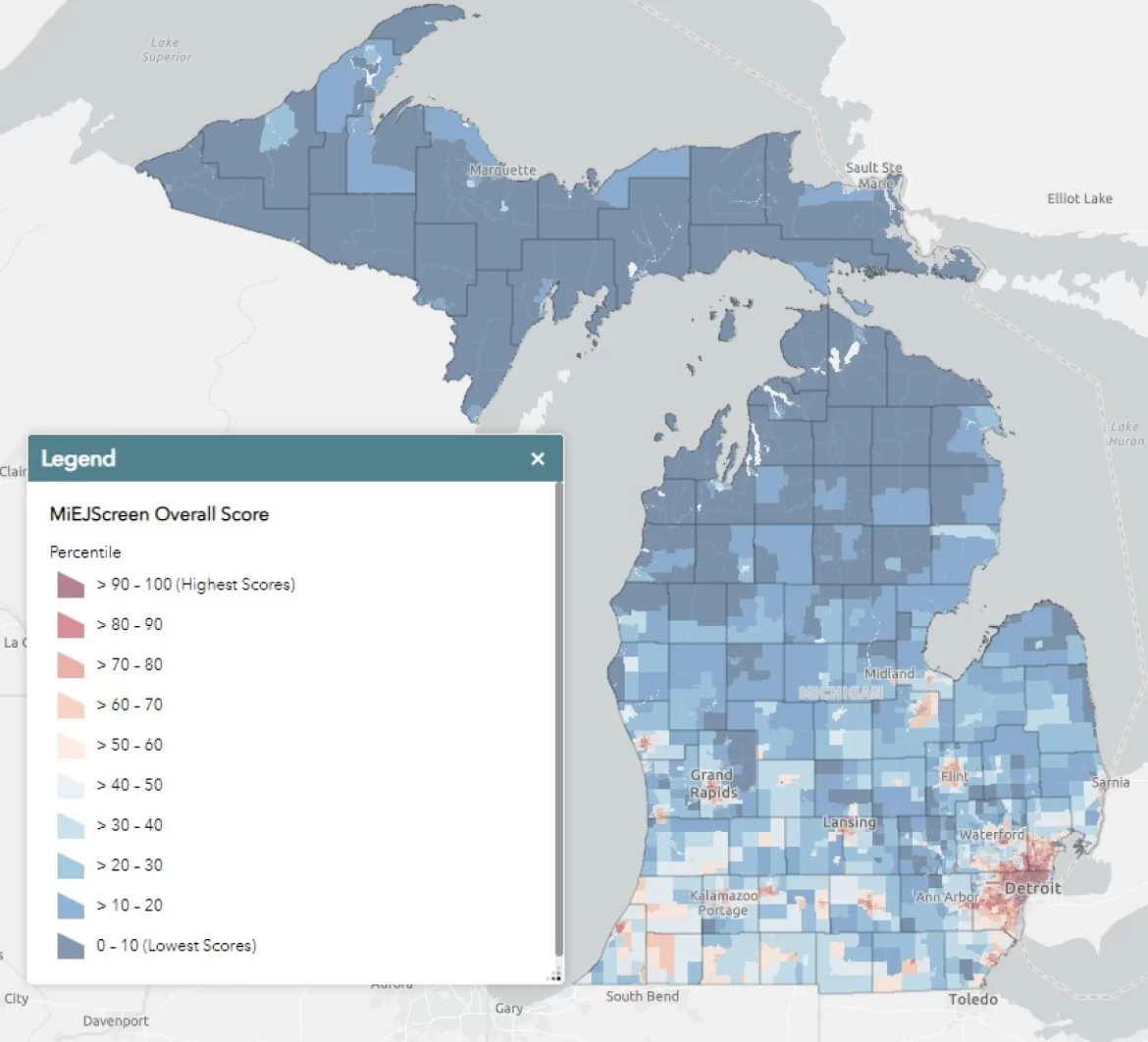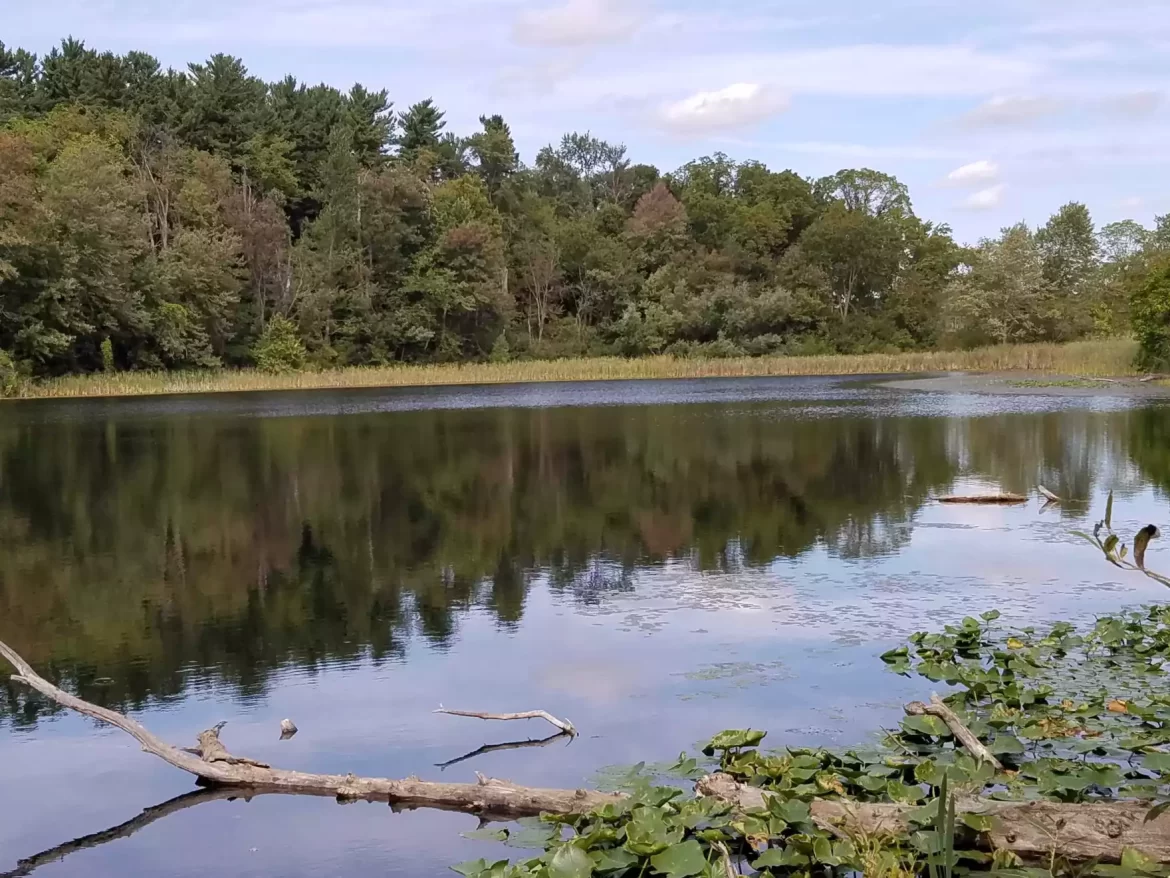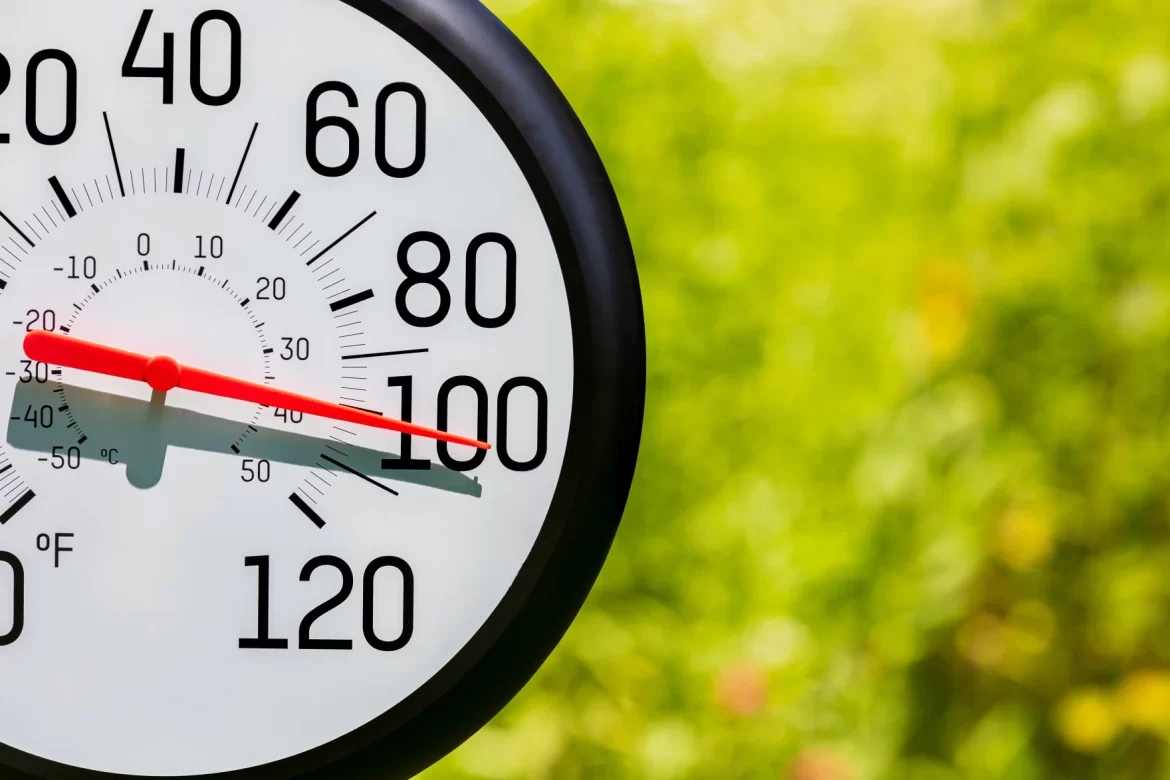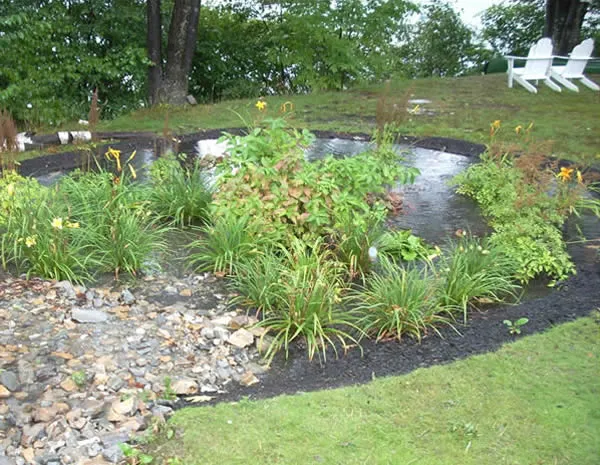Land
Industry opposition, partisan politics slow polluter-pay bills
|
By Elinor Epperson
Capital News Service
It’s been one year since Michigan Democrats introduced legislation that would significantly change the state’s environmental regulations. But those bills are stuck in committee. Election distractions, negotiation, and a slim Democratic majority in the state House have kept a suite of polluter-pay bills in limbo, according to environmental advocates and one of the sponsors. Polluter-pay laws hold businesses financially liable for contamination they cause. Lawmakers introduced the bills a year ago, but they haven’t made much progress since.









